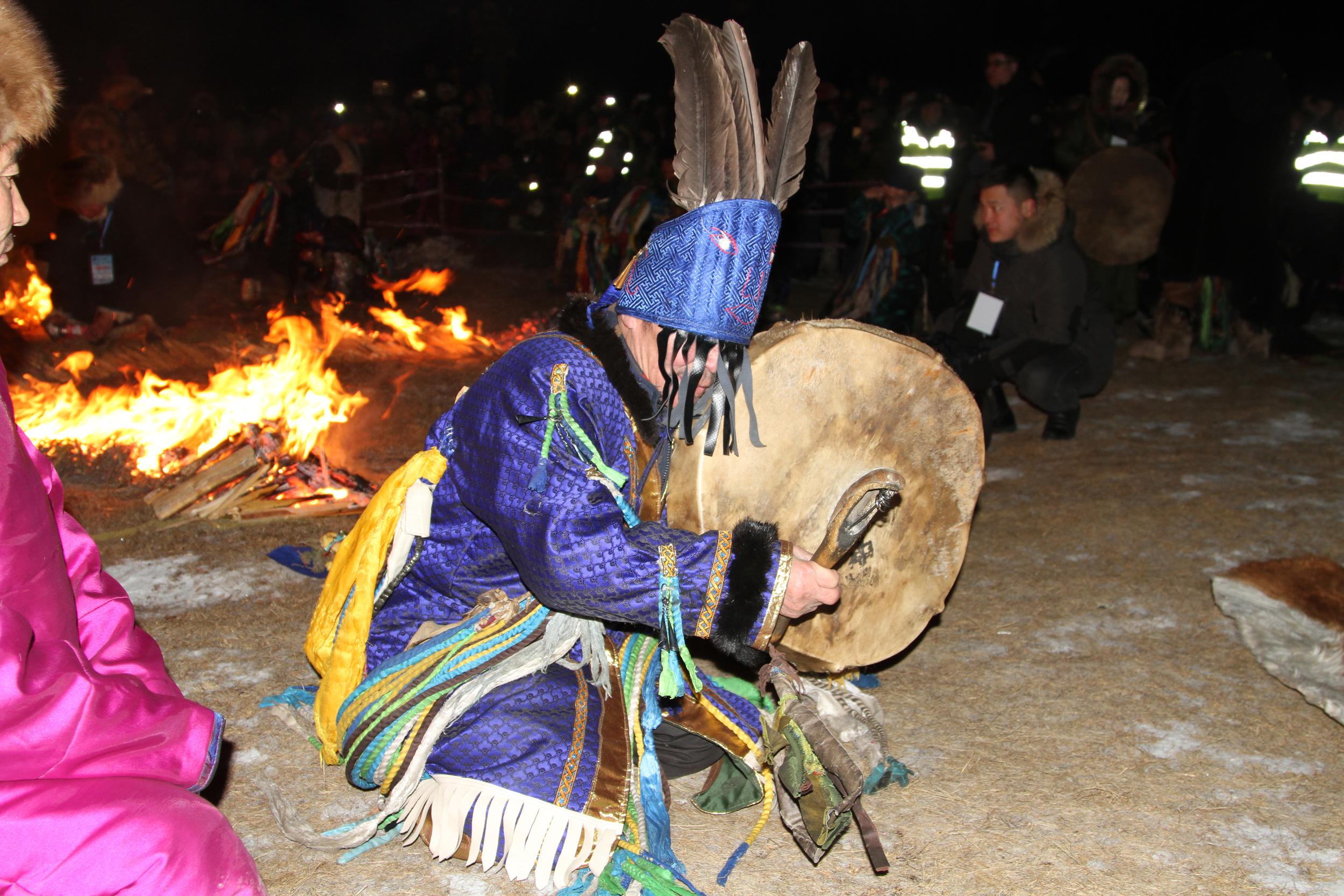
Long before the spread of Buddhism, Mongolians practised Böö Mörgöl (shamanism), which is rooted in animism and ancestral worship. Central to this system is Tengrism, a belief in Tengri—the Eternal Blue Sky—and numerous nature and ancestor spirits known as tngri. These spirits were mediated by shamans (böö and udgan), who performed rituals for healing, guidance, and spiritual balance.
Tengrism is deeply connected to the Mongolian landscape. Sacred sites like Burkhan Khaldun feature prominently in historical texts such as The Secret History of the Mongols, highlighting the inseparability of land, spirituality, and identity in traditional Mongolian thought.
Buddhism first entered Mongolia during the 13th-century Yuan Dynasty under Kublai Khan, but it was in the 16th century that it truly took hold. Altan Khan, a Mongolian prince, invited the leader of the Tibetan Gelugpa (Yellow Hat) school to Mongolia. This led to the widespread adoption of Tibetan Buddhism, or Gelug Buddhism, which became the dominant spiritual system.
Monasteries, lama schools, and Buddhist festivals flourished. However, rather than erasing shamanism, Buddhism blended with it, forming a unique hybrid known as Yellow Shamanism—where Buddhist icons and teachings coexisted with traditional animist rituals.
As Buddhism spread, Mongolian shamanism adapted in two broad directions:
These streams highlight the flexibility and resilience of Mongolian indigenous spirituality.
Under communist rule (especially from the 1930s to the 1980s), both Buddhism and shamanism were heavily suppressed. Monasteries were destroyed, monks were imprisoned or killed, and religious practice was driven underground.
After Mongolia’s peaceful democratic revolution in 1990, both Buddhism and shamanism saw a powerful revival. Monasteries like Gandantegchinlen in Ulaanbaatar reopened, and modern Mongolians began reclaiming ancestral spiritual traditions.
Mongolia’s religious heritage is not defined by a single tradition, but by the enduring coexistence of shamanic and Buddhist worldviews. These dual influences continue to shape Mongolian culture, politics, and national identity. Rather than being relics of the past, they are living traditions that evolve with the times while honouring the sacred history of the steppe.